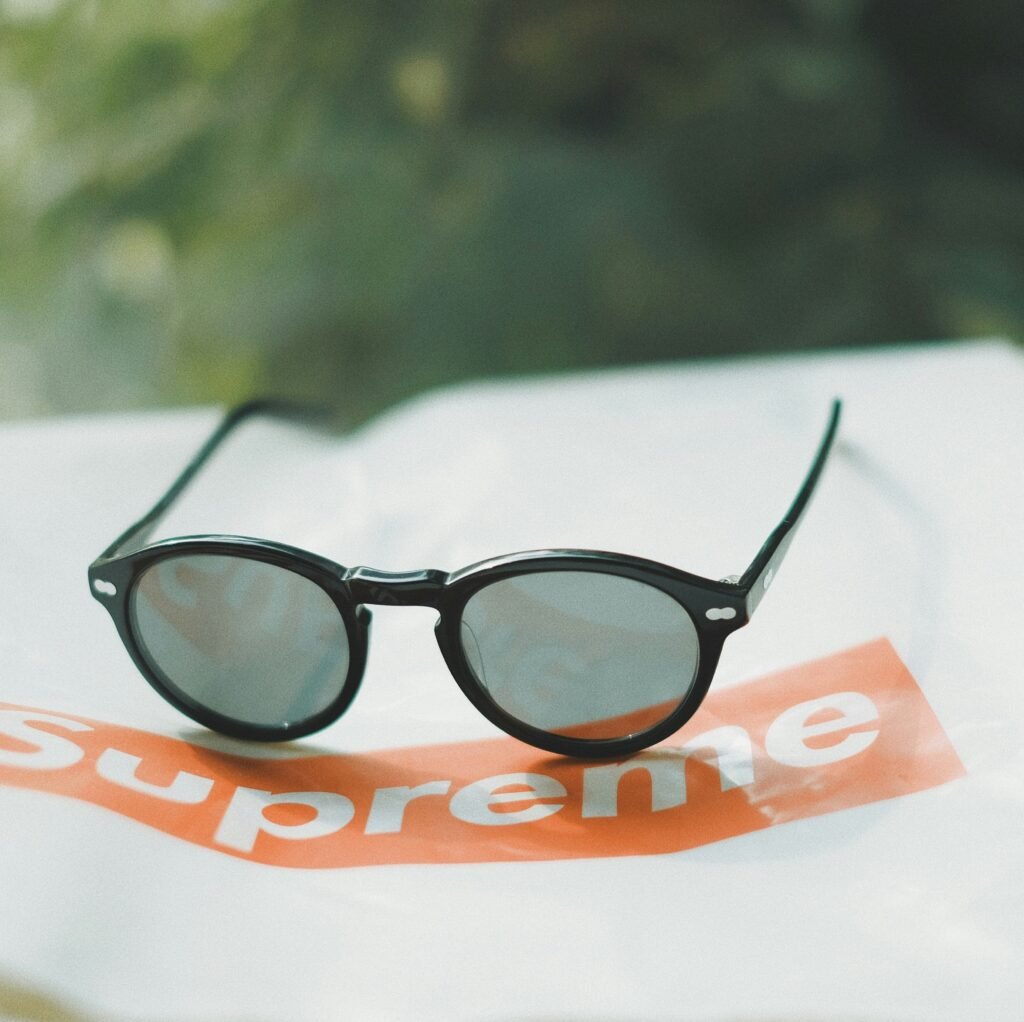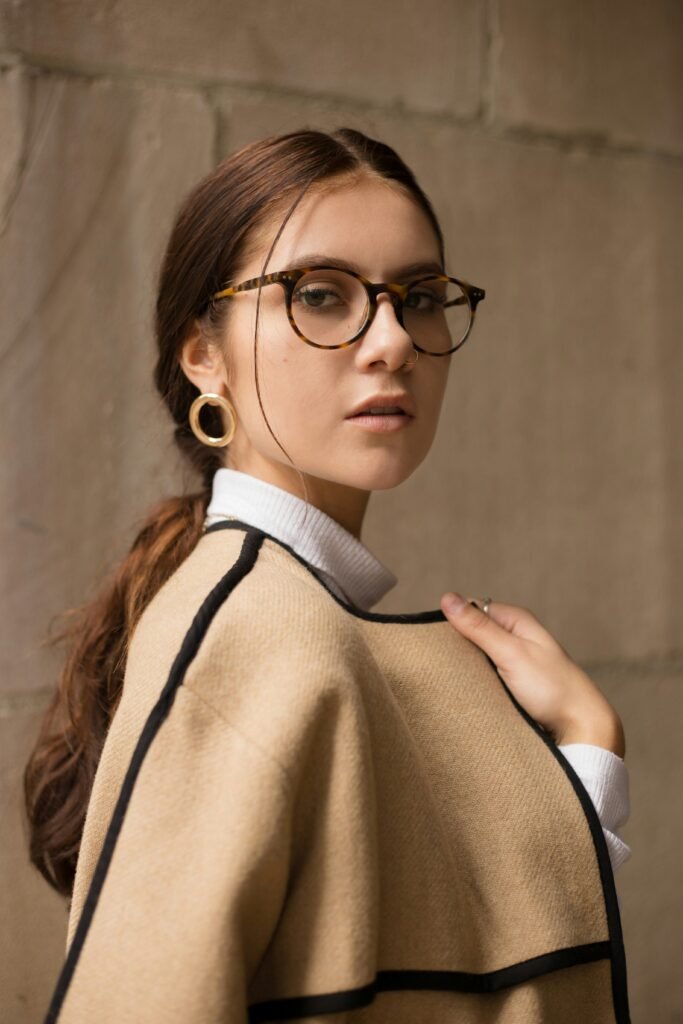If you work in an environment where your eyes are constantly exposed to potential hazards, it is crucial to prioritize your safety by selecting suitable eye protection. Whether you are in a construction site, a laboratory, or any other high-risk setting, it is important to understand the guidelines for choosing the right eye protection that will keep your eyes protected and ensure a safe and productive work experience. By considering factors such as the type of eye protection, the level of impact resistance, and the appropriate fit, you can minimize the risk of eye injuries and maintain optimal vision health.
Material
When it comes to selecting eye protection, there are several materials to consider. Polycarbonate is a popular choice due to its high impact resistance and durability. It is commonly used in safety glasses and goggles. Acrylic is another material that provides good impact resistance and optical clarity. Glass, although less common in industrial settings, is still used in some specialty applications due to its excellent optical properties. Nylon, on the other hand, is known for its flexibility and resistance to chemicals. Finally, there are eye protection options made from metal, which offer superior durability and ruggedness.
Type
Next, let’s explore the different types of eye protection available. Safety glasses are a versatile option that provides general eye protection for a variety of applications. They typically have a lightweight design and are available in different styles. Goggles, on the other hand, provide a more secure and protective fit by sealing around the eyes. They are often used in situations where there is a risk of airborne particles or chemical splashes. Face shields offer full face protection and are commonly used in combination with other protective equipment like goggles or safety glasses. Welding helmets, specifically designed for welding applications, provide protection from intense light and sparks. Chemical splash goggles are designed to protect against chemical splashes and are commonly used in laboratory or industrial settings where hazardous substances are present.

This image is property of images.unsplash.com.
Fit
Finding eye protection with the right fit is crucial for comfort and effectiveness. Wraparound style eyewear provides full coverage and protection from all angles, reducing the risk of debris entering from the sides. Adjustable straps allow for a customizable fit and ensure that the eyewear stays securely in place. Look for options that offer a secure and comfortable fit, as this is important for long hours of wear. Also, consider the compatibility of the eye protection with other protective equipment, such as hard hats or respirators, to ensure they can be worn together without compromising safety.
Lens Properties
The properties of the lens play a vital role in determining the performance of the eye protection. Optically clear lenses allow for distortion-free vision, ensuring that you can see clearly while wearing the eyewear. UV protection is essential to shield your eyes from harmful ultraviolet radiation. Look for eye protection that offers UV protection to reduce the risk of eye damage from prolonged exposure to sunlight or other UV sources. An anti-fog coating is beneficial in situations where fogging may occur, such as in humid environments or when wearing a face mask. Finally, impact resistance is crucial to protect your eyes from flying debris or other hazards.

This image is property of images.unsplash.com.
Application
Consider the specific application when selecting eye protection. Different industries and settings may require different types of eye protection. In industrial work, eye protection is necessary to safeguard against various hazards such as flying particles or chemical splashes. Laboratory work often involves exposure to chemicals or biological agents, requiring eye protection that can withstand these hazards. Sports and outdoor activities may require eye protection that is impact-resistant and provides UV protection. In medical and healthcare settings, eye protection is crucial to protect against infectious diseases and potential splashes. Construction sites pose multiple risks, including flying debris and harmful UV exposure, making suitable eye protection essential in these environments.
Certification
Eye protection should meet specific industry standards to ensure its effectiveness. ANSI Z87.1 is a common certification for eye protection in the United States. It guarantees that the eyewear meets the defined safety requirements. ASTM F803 is a certification specific to protective eyewear for sports and recreational activities. EN 166 is an European standard that ensures the eye protection complies with safety requirements. Similarly, CSA Z94.3 is a Canadian standard for eye protection. AS/NZS 1337 is the Australian and New Zealand standard for safety eyewear. When selecting eye protection, it is important to look for certification marks that indicate compliance with these standards to ensure their quality and effectiveness.

This image is property of images.unsplash.com.
Cost
Eye protection is available in a range of price points to suit different budgets. Budget-friendly options are often basic safety glasses or goggles that provide adequate protection. These options are suitable for occasional use or for those on a tight budget. Mid-range options offer better features and durability, often with additional certifications or lens properties. Premium options, on the other hand, come with advanced features, superior durability, and enhanced comfort. These options are ideal for those who require eye protection for regular or high-risk work activities. When considering cost, it’s essential to balance the level of protection needed with your budget constraints.
Maintenance
Proper maintenance is crucial to ensure the effectiveness and longevity of eye protection. Cleaning and disinfection should be done regularly to remove dirt, debris, or any potentially harmful substances. Follow the manufacturer’s instructions for cleaning procedures and use appropriate cleaning solutions. Replace any damaged parts, such as scratched lenses or worn-out straps, to maintain the eyewear’s performance. Proper storage and organization of eye protection when not in use also contribute to their longevity. Store them in a clean and dry area, away from direct sunlight or extreme temperatures, to prevent any deterioration or damage.
Comfort
Comfort plays a significant role in ensuring that you wear eye protection consistently and for extended periods. Look for eye protection with a lightweight design, as this reduces the strain on your face and makes them more comfortable to wear. Breathability is also important, especially in situations where heat and moisture can build up, as it helps prevent discomfort and fogging. Padded frames and nosepieces provide additional comfort by reducing pressure points and improving the overall fit. If you wear prescription eyeglasses, ensure that the eye protection is compatible with them, allowing you to wear both without compromising safety or comfort.
Style
While safety should be the primary consideration, there’s no harm in selecting eye protection that suits your personal style or preferences. Various frame designs are available, ranging from sleek and modern to more traditional styles. Tinted lenses offer protection from bright sunlight or glare and can be beneficial for outdoor activities. Fashionable options combine style and function, allowing you to express your personality while keeping your eyes protected. Remember, while style is important, it should never compromise the quality or effectiveness of the eye protection.
In conclusion, selecting suitable eye protection is essential to protect your eyes from various hazards in different environments. Consider the material, type, fit, lens properties, application, certification, cost, maintenance, comfort, and style when choosing eye protection. By taking these factors into account, you can find eye protection that meets your specific needs, ensuring both safety and comfort for your eyes.
